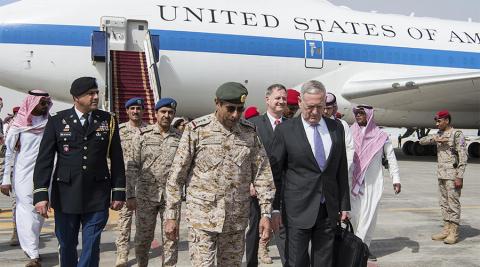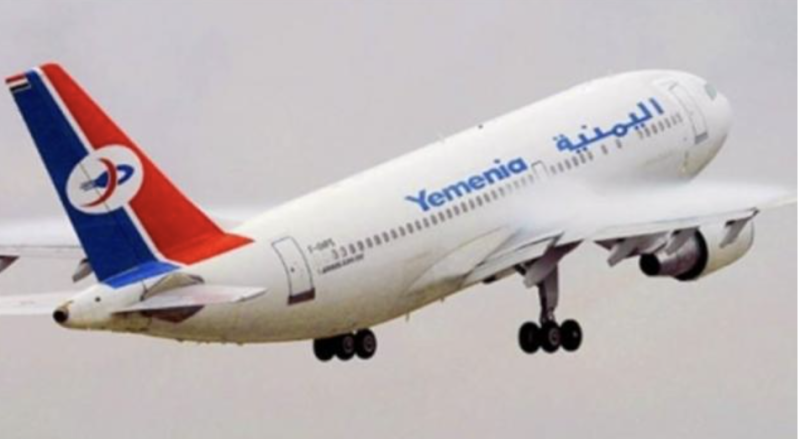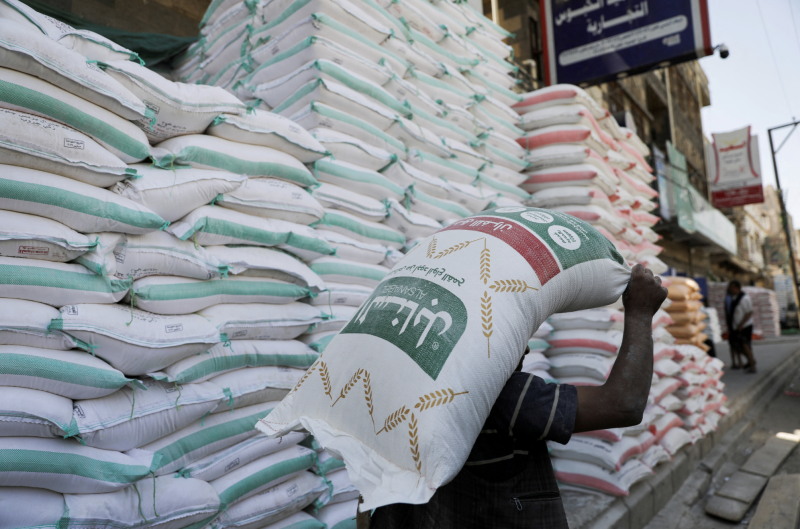A raid in remote Yemen and a SEAL’s death still reverberate for Trump


Almost as soon as the team of U.S. and Emirati commandos slipped into the darkened village, their weapons shouldered in the moonless night, a surprise counterattack erupted and a veteran Navy SEAL was hit.
Struggling to hold off an escalating fusillade from al-Qaeda fighters and armed Yemeni tribesmen, the American forces, fearing the worst for their injured comrade, made an urgent request for a helicopter to evacuate Chief Petty Officer William “Ryan” Owens.
The 36-year-old SEAL, who would later die of his wounds, is now at the center of a debate over the first counterterrorism operation of the Trump administration, one that has provided ammunition for critics of the new president’s decision-making process and dealt a potential blow to future action against one of the world’s most potent militant groups.
President Trump paid tribute to the fallen SEAL on Tuesday night in his address to a joint session of Congress, singling out Owens’s widow, Carryn, in a sharply emotional episode that juxtaposed the president’s assertions about the success of the raid with his apparent attempts to distance himself from the criticism it has generated.
According to current and former officials, the discussions leading up to the Jan. 29 raid, intended as the first step in a major expansion of U.S. counterterrorism operations in Yemen, marked a departure from the more hands-on, deliberative process used by the previous administration.
The raid, the product of a more abbreviated White House process, has been followed by confusion within the U.S. government over how operations against al-Qaeda in Yemen will proceed. It has also generated friction with a key counterterrorism ally, smarting from the lack of adequate notice about the raid and, according to local reports, up to 31 Yemeni civilian deaths.
[U.S. service member killed in Yemen is first combat death of Trump tenure]
The raid, which took place just over a week into the Trump administration, came as U.S. military officials sought to restore their counterterrorism capability in Yemen, severely damaged in the country’s ongoing civil conflict. In 2015, the United States was forced to suspend a long-standing program that partnered Special Operations forces with Yemeni troops on the ground, severely limiting the U.S. government’s ability to track and disrupt a feared militant adversary, al-Qaeda in the Arabian Peninsula (AQAP).
Long seen as a particularly threatening branch of al-Qaeda, the group has used the chaos that followed the 2011 Arab Spring to expand its influence, seizing territory and recruiting supporters from Yemen’s tribal society. It has also demonstrated an ambition to strike the U.S. homeland.
Hoping that expanded operations would provide an opportunity to recover information that would increase their understanding of AQAP’s network and goals, military officials last fall developed proposals to resume a more robust counterterrorism program.
Colin Kahl, a former official who oversaw Middle East issues at the Pentagon and was national security adviser to Vice President Joe Biden, said a proposal put forward by the Pentagon in the final weeks of the Obama administration would have expanded military authorities to conduct partnered ground operations and placed additional Special Operations and aviation assets in the region. “This was a big piece of business,” Kahl said.
In early January, White House officials examined the military request but decided to table a decision for the new administration, recommending to incoming officials that they conduct a thorough review of the proposal.
On Jan. 25, Defense Secretary Jim Mattis requested urgent approval at a dinner meeting with Trump of a nighttime mission that represented a first step in expanding activities against AQAP. The meeting was also attended by Gen. Joseph F. Dunford Jr., chairman of the Joint Chiefs of Staff; then-national security adviser Michael Flynn; CIA Director Mike Pompeo; and a handful of others. Trump approved the operation.
According to one senior administration official, who like others spoke on the condition of anonymity to provide new details of the internal deliberations, Trump was provided information on the proposed raid earlier that day, during his morning intelligence meeting. He also briefly dropped by a discussion on the topic that Flynn was holding in his office.
The following day, the operation was discussed at a previously scheduled meeting among sub-Cabinet officials chaired by K.T. McFarland, Trump’s deputy national security adviser.
Asked what risks the operation carried, Gen. Paul Selva, vice chairman of the Joint Chiefs of Staff, ticked off a list of possible problems that military officials believed could occur, including the potential for U.S. or civilian casualties and the possibility that militants might be bracing for an attack, officials said. While officials believed AQAP might be preparing for an unspecified assault rather than operating with knowledge of the Jan. 29 raid, the operation still posed an elevated risk to American forces.
In part because the operation had already been approved by Trump and in part because the meeting was also scheduled to cover other topics, discussion of the raid was as short as around 25 minutes, according to several accounts, and as long as 40, according to the senior administration official.
In either case, the brisk treatment of a high-risk operation stands in contrast to similar deliberations during the Obama administration, known for its extensive litigation of risks in military activities and tight control of tactical decision-making.
“In previous operations like this, we would sit around the table for two hours and scrub everything. The intelligence agencies would put down maps. We’d have congressional folks talk about reaching out to Congress. The State Department would do its political assessment,” Kahl said. “You can’t cover the complexity of a topic like that in 23 minutes.”
[In deadly Yemen raid, a lesson for Trump’s national security team]
Former officials have also criticized the raid, saying it has strained relations with the Yemeni government. U.S. officials said Matthew Tueller, the U.S. ambassador to Yemen, had promised to notify President Abed Rabbo Mansour Hadi as the operation got underway. Diplomats said Hadi was notified of the raid.
After reports of the raid and a high civilian death toll became public, the Yemeni government reacted, first signaling it had suspended U.S. permission to mount ground operations and then publicly backtracking on that move. In another indication of the internal confusion that has characterized the early Trump administration, officials at the State and Defense departments said that raids had not been suspended, while the senior administration official said the suspension remains in effect.
The State Department and the Yemeni Embassy in Washington declined to comment.
Eric Pelofsky, who served as special assistant to President Barack Obama and senior director for North Africa and Yemen on Obama’s national security staff, said the raid “risked significant damage to our counterterrorism cooperation with the Yemeni government. We do not yet know what the cost of that damage will be.”
David Maxwell, a former Special Operations officer who is associate director for Georgetown University’s Security Studies Program, said Special Operations commanders would have reviewed the raid proposal carefully and signed off only if they thought it was a viable plan.
“But the enemy has a vote, and there is no perfect intelligence,” Maxwell said. “Every mission is high-risk, and we always have to be willing to accept the casualties.”
Such risks were certainly on the minds of the Navy SEALs that night after an elite Special Operations air regiment dropped them at their insertion point in remote central Yemen.
According to Yemeni officials, AQAP fighters had chosen the village of Yaklaa as a training site because of its remoteness and its sympathetic residents. They described Abdul-Raoof al-Dhahab, an important local tribal leader, as an AQAP supporter.
In another illustration of the complexity of the environment facing U.S. forces, Dhahab had recently struck a deal with the Yemeni government to fight rival Houthi rebels, making him both a U.S. counterterrorism target and an ally of the U.S.-backed effort to restore Hadi’s government-in-exile to power.
Around 1 a.m., the combined team of roughly two dozen U.S. and Emirati commandos arrived in Yaklaa, a collection of mud-brick houses scattered among hilly terrain and bordered by a minefield. According to Yemeni security and tribal officials, the foreign forces used nonlethal grenades and suppressed rifles as they fought their way into the homes of Dhahab and another suspect, both of whom were killed.
[Trump passes blame for Yemen raid to his generals: ‘They lost Ryan’]
Yemeni and tribal officials described a chaotic scene that followed, saying that tribal leaders, even those without an affiliation with AQAP, took up arms out of loyalty to Dhahab and a desire to protect their village.
“Any person who has dignity and honor would not stand by and watch his neighbors and relatives and tribesmen being attacked and do nothing,” said Saleh Hussein al-Aameri, a tribal leader who was close enough to hear the gunfire.
According to U.S. officials, providing new information about the raid, the AQAP fighters withdrew to a nearby building, unleashing grenades and gunfire despite the women and children around them. Unable to shoot their way out of the engagement, U.S. forces called for air support to attack the building.
The commandos gathered what they could — computer equipment, documents and pictures of the now-dead midlevel tribal leaders they had hoped to capture — before withdrawing under the cover of Marine Cobra gunships and Harrier attack jets that began strafing Yemeni positions with their 25mm cannons and rockets.
“Anything that moved in the area was targeted by American helicopters,” Aameri said.
With the number of injured U.S. personnel rising, a Marine Quick Reaction Force was launched from the USS Makin Island, an amphibious assault ship in the Gulf of Aden. But that evacuation operation went awry, too: Three additional service members were wounded when an approaching MV-22 Osprey lost power and hit the ground. The $75 million aircraft was then scuttled to keep it out of AQAP hands.
It’s not known whether Emirati forces were killed or wounded in the operation.
The U.S. military is conducting investigations into the operation, including a probe into reports of noncombatant deaths.
While critics have questioned the intelligence gained in the raid, leaders at the White House and Pentagon have repeatedly defended its value.
The White House was dealt a blow last week when news reports revealed that Owens’s father, Bill, questioned the necessity of the raid and had refused to meet with Trump when his son’s remains were repatriated in early February.
Speaking to Congress on Tuesday, Trump cited Mattis’s description of the raid as a success, but the president has also appeared to distance himself from the operation. Earlier this week, he said the generals “lost Ryan.” Washington Post

Aden — Yemen Airways has announced new updates to its ticket cancellation (VOID) policy, introducing financial penalties on travel agents in…

Geneva – The United States announced that Yemen will not be among the countries benefiting from a new $2 billion funding pledge for United Na…

Paris — The French humanitarian organization Acted announced that it has delivered cash assistance to nearly 89,000 people affected by displa…